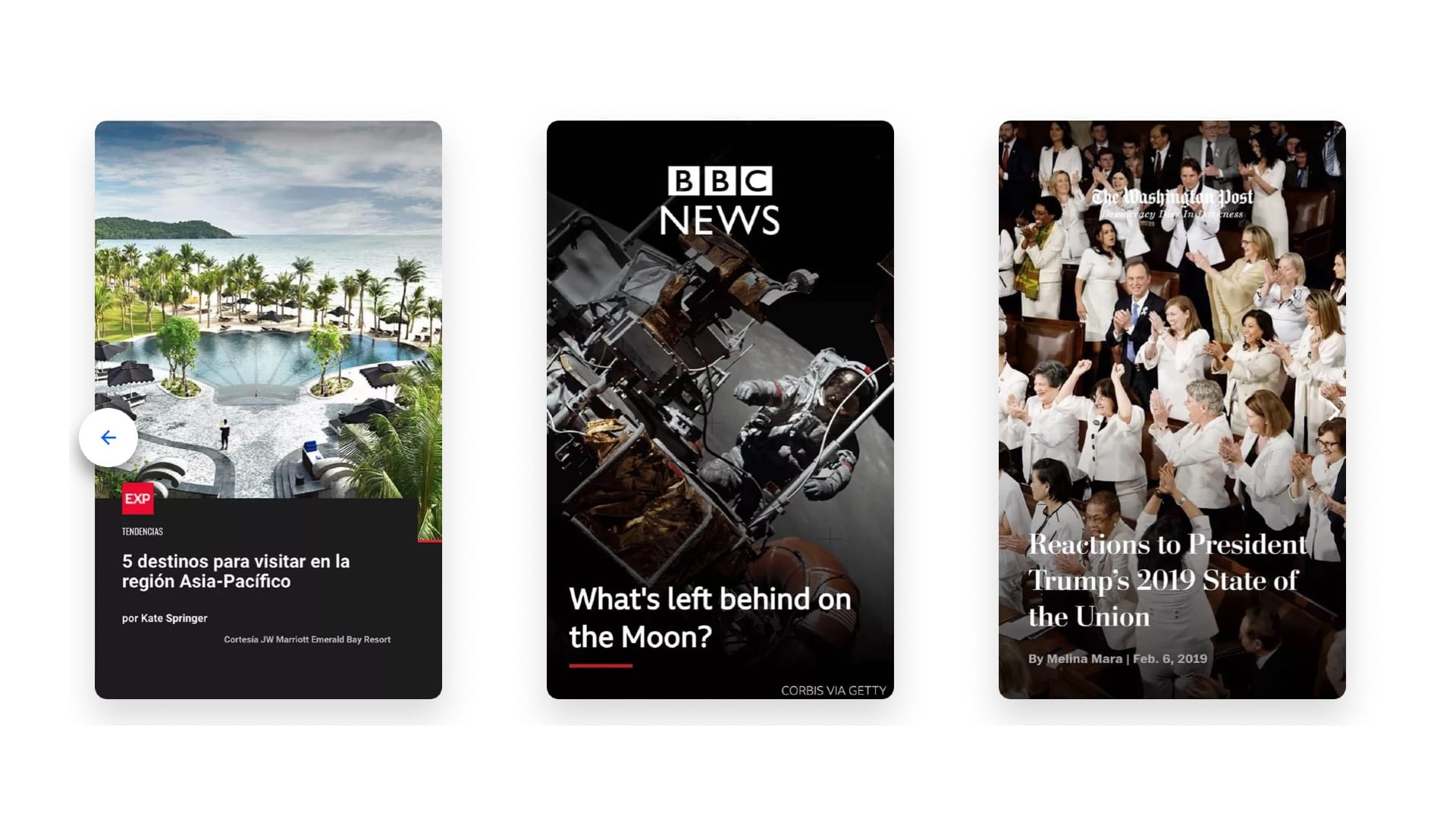Google publishes dos and don'ts for Web Stories
Google says many publishers are creating teasers for web content and not really stories.

Google yesterday published recommendations for Web Stories. Web Stories is an AMP content format for visual storytelling. Google is displaying Web Stories on Search and Discover. Last month, Google launched Story Ads for AMP Web Stories.
Google says publishers should not create teasers to drive links to websites. Google advises publishers to not create a three-page story that is a list of the “10 best sci-fi TV shows,” but stops at #3 and forces the reader to click through to your blog for more.
Two other examples of don'ts are a one-page story that mentions a recipe in the headline but is just photos that redirect to the website, or a list highlighting beautiful cities in Europe, but just listing a city and a photo and pointing to the blog link for information.
Google is recommending publishers to create stories that connect to an article about the same topic, but both convey the information from different angles. For example, creating a story about the “making of” the recipe.
Two other examples of dos are a short version of a recipe with complete ingredients listed that leaves more detailed instructions behind a click. Google says it inspires readers to cook and see the end product, plus allow them to dive deeper into the recipe if they prefer. But it is still a story with a beginning and an end. Or a shopping inspiration list that highlights products and links out to places where you can buy them.
In CMS WordPress, Google recommends publishers to use the plugins: Google’s Web Stories for WordPress or MakeStories for WordPress.
In November, last year, Google launched a Web Stories carousel in Discover, available in the United States, India, and Brazil.

